Last Updated on March 11, 2024 by teamobn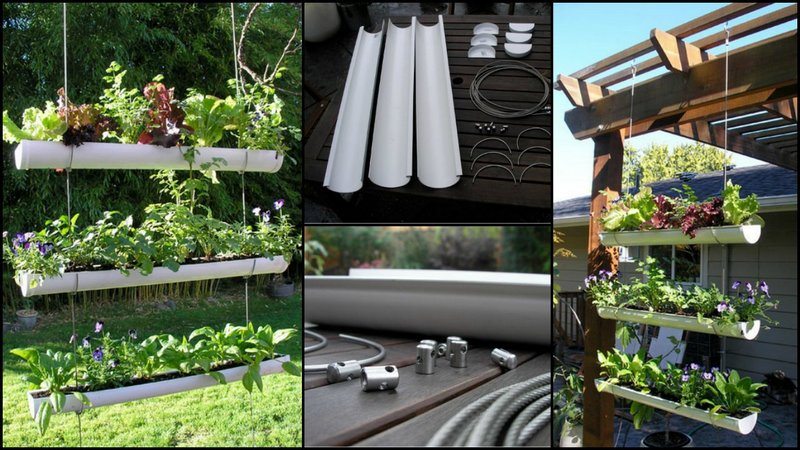
A DIY Hanging Gutter Garden is a good weekend project. Gardening can be fun. If you dedicate yourself, it can become amazingly rewarding. However, if you’re doing it in a very small space, it can be a real challenge. It often requires creative solutions to utilize vertical space.
Easily accomplished in a weekend, the planter boxes are made from recycled guttering. Rust patches for drain holes, a bit of potting mix, and some seedlings and you can have an instant garden.
And oh! This would also make a great divider in your yard to provide some privacy.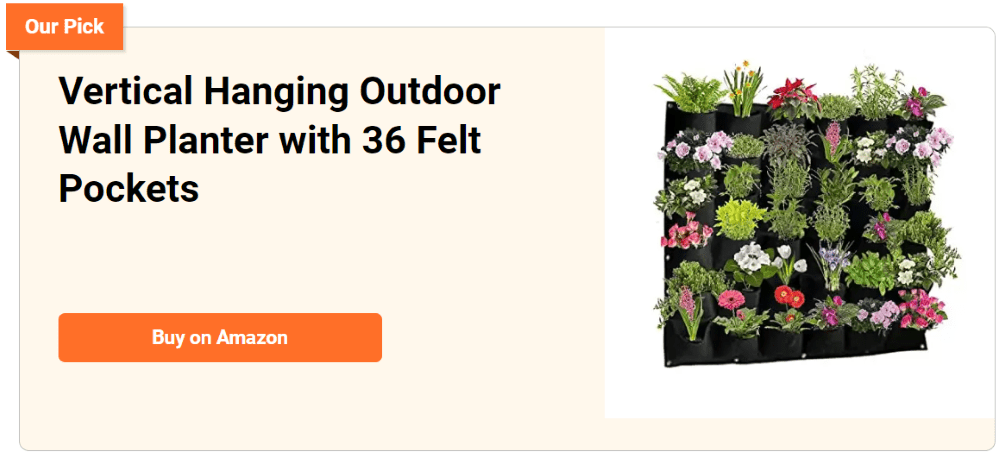
But if you don’t have those rested gutter, you can create one with this hanging gutter garden which is made of 5-inch diameter PVC Pipes.
And you can plant whatever you want, from lettuce, herbs, strawberries, or even some potted colour. The choice is yours. 🙂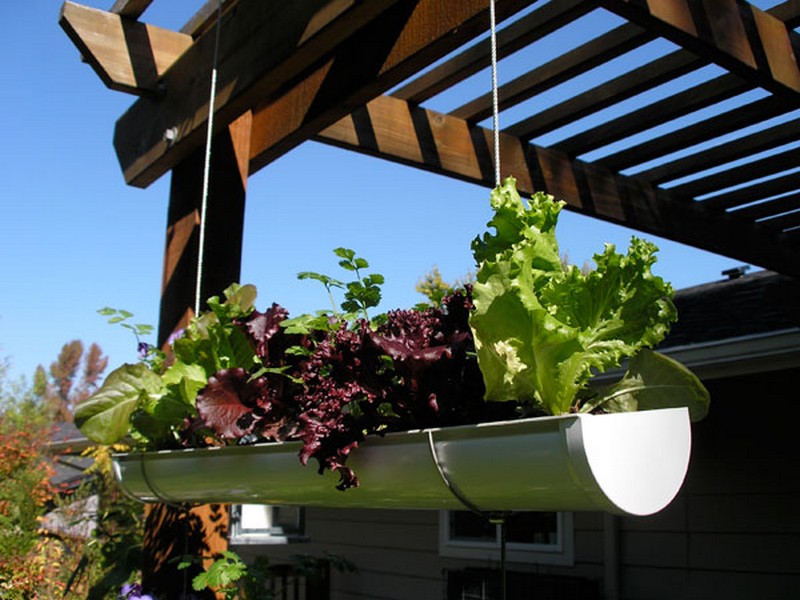
Building a hanging Gutter Garden
Materials
- 1 pc 8’ PVC White Rain Gutter – cut to 3 32” lengths
- 6 pcs PVC White Gutter End Caps
- 2 pcs 1/8” diameter Steel Cables – cut to the desired length
- 6 pcs Feeney Cross Clamps
- 6 pcs 1/8” diameter Feeney Steel Rods
- 2 pcs Galvanized Eye Hooks
- Potting Soil and Plants
Tools
- Cordless Drill – with drill bit set
- Hand/Hack Saw
- T-Square/Straight Edge
- Tape Measure
- Level
- Marker
- Eye Protection
Instructions
Gather all materials needed
Gathering materials is the very first step to making a project successful. You can get a lot of resources online, and there are also a number of places locally where you can go and get help.
Sometimes a project’s materials can be the most difficult aspect of it. Getting the appropriate items can often take the longest time.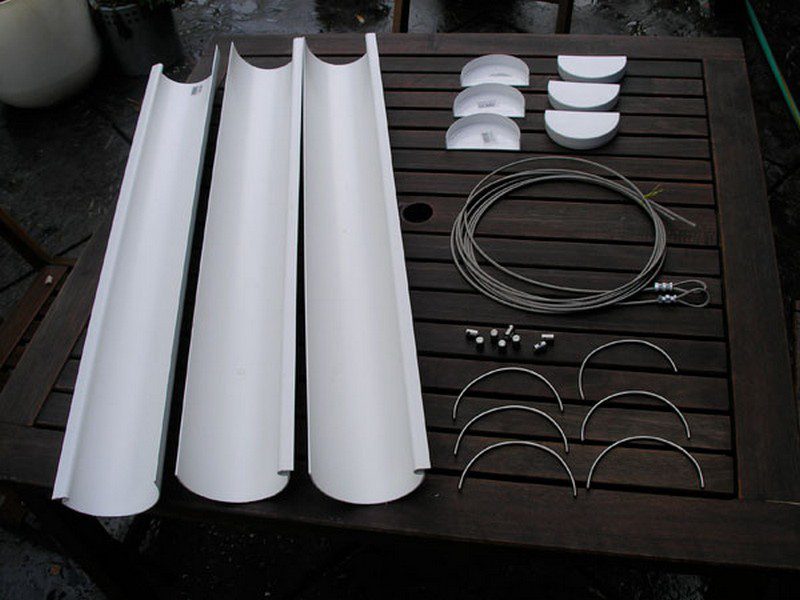
Prepare the tools needed
Before taking on a hanging gutter garden, you will need the proper tools for the job. Of course, there are the necessary materials such as a gutter guard and the plants you will be planting.
You will also need the proper hardware for hanging the gutter guard. These materials and tools can be purchased at your local home improvement store.
You will also need your ladder and a safe work area to access the gutters. Once you have these things, then you are ready to begin.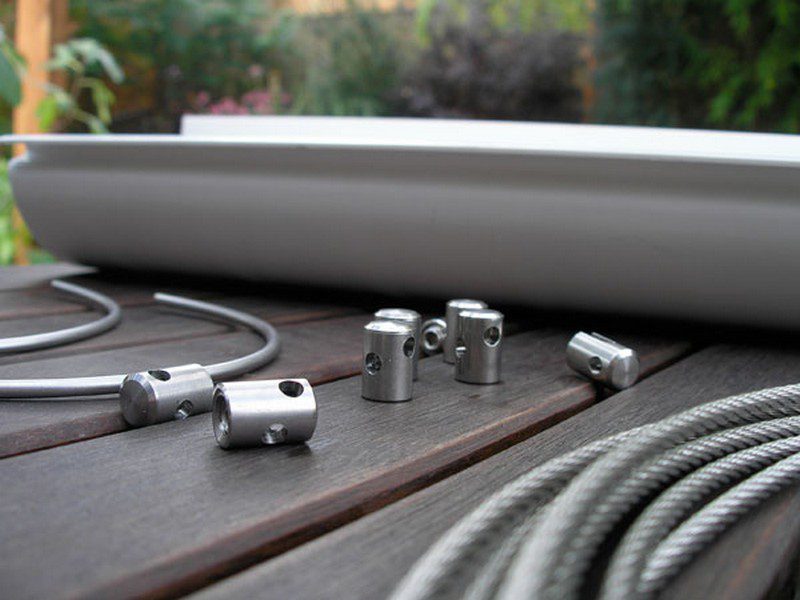
Cut your PVC Pipes
When cutting your PVC Pipes into the desired length, make sure to consider the sturdiness of your gutters. It might not be able to hold heavier hanging planter so shortening it will be good. After cutting your PVC Pipes into your desired length, then cut them open by cutting them into halves.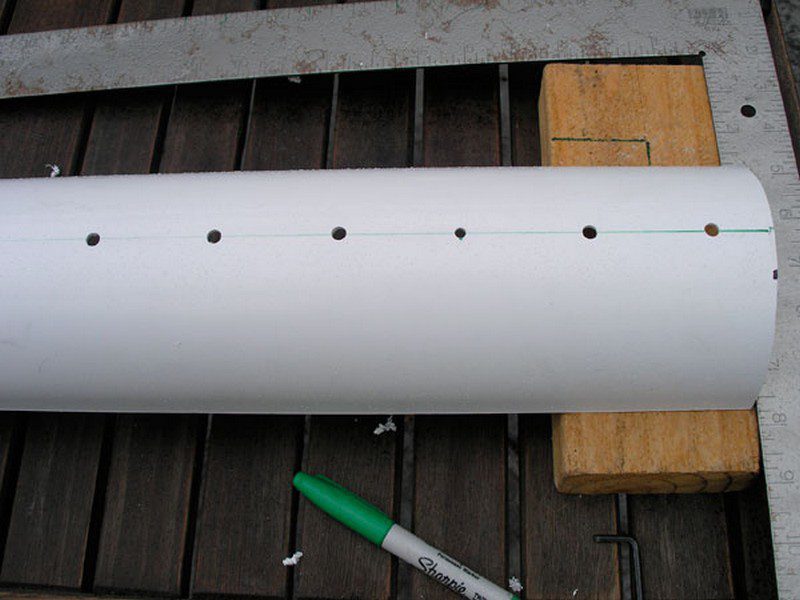
Drill holes
After cutting it open, mark your PVC Pipes using a marker to where you drill holes. Then drill holes in the marked area.
These holes are where your Steel cables go through to create a stack of hanging gutter gardens. These will be supported by the Feeney steel rod and with the use of the Feeney Cross Clamps to hold it in place.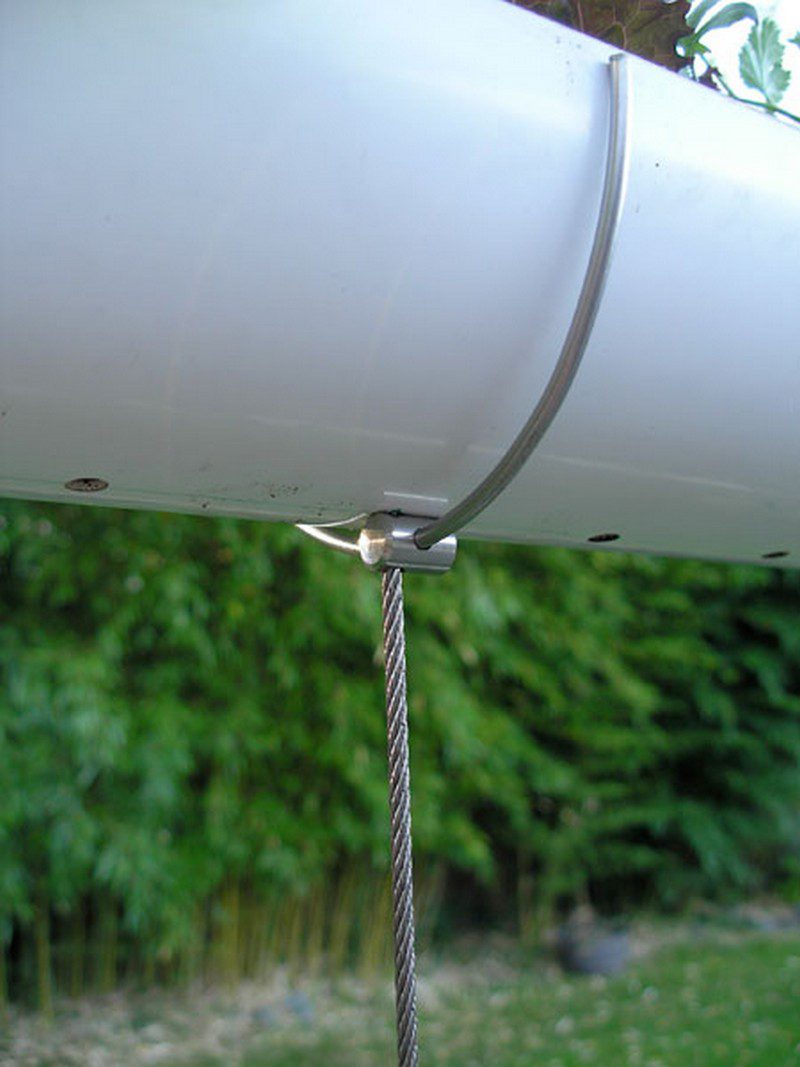
By drilling holes into the PVC pipes, these will act as water drainage for your hanging gutter garden which will help avoid your plant to rot.
Fill it with soil and start planting
A hanging gutter garden is basically a planter that’s suspended between two gutters in your home. You simply fill the planter with soil and plant your favourite plants and herbs.
It may take a little while to get all the bugs worked out of this system, but the basic idea is that your plants can grow up and down, and your plants will always get the optimal amount of water and sunlight.
Choosing the Right Plants for Your Hanging Gutter Garden
Picking the right plants for your hanging gutter garden is essential for ensuring the success and vitality of your vertical green space. Hanging gutter gardens offer a unique opportunity to cultivate a variety of plants in limited spaces, making them ideal for urban gardeners and those with small outdoor areas. However, the key to a flourishing gutter garden lies in selecting plants that are well-suited to the conditions of a vertical environment.
Below, we delve into considerations and recommendations for picking the perfect plants for your hanging gutter garden.
Consider the Environment
Before selecting plants, consider the environmental conditions of your hanging gutter garden, such as sunlight exposure, wind, and temperature variations. Plants chosen should be well-adapted to the amount of sunlight the area receives, whether it’s full sun, partial shade, or full shade. Additionally, plants in hanging gutter gardens may be more exposed to wind, which can dry out soil quicker and may not suit delicate foliage or tall plants that can easily be damaged.
Plant Size and Root System
Opt for plants with shallow root systems, as gutter gardens provide limited space for root growth. This makes them perfect for herbs, leafy greens, and small flowering plants, which generally have compact root systems and thrive in the confined space of a gutter. Avoid large vegetables or plants with deep root systems, as they may struggle to thrive in a gutter garden setup.
Herbs and Leafy Greens
Herbs and leafy greens are ideal candidates for hanging gutter gardens. Herbs like basil, cilantro, parsley, and mint require relatively little space and can easily be harvested from a vertical position. Leafy greens such as lettuce, spinach, and arugula also thrive in the compact soil of gutter gardens and can provide a continuous harvest throughout the growing season. These plants adapt well to the limited space and bring fresh flavors to your kitchen.
Small Fruits and Vegetables
Certain small fruits and vegetables are well-suited to the conditions of a hanging gutter garden. Strawberries, for example, are a popular choice due to their compact growth habit and the ease of picking their fruit in a vertical setup. Cherry tomatoes and radishes also adapt well to gutter gardens, offering fresh produce in a compact space. When choosing fruits and vegetables, ensure they are varieties bred for container gardening or small spaces to ensure the best results.
Ornamental Plants
For those looking to add a splash of color to their outdoor space, a variety of ornamental plants can thrive in hanging gutter gardens. Flowers such as petunias, marigolds, and pansies are well-suited to the limited soil volume and can provide vibrant blooms throughout the season. Succulents and trailing plants like ivy or creeping jenny can also create a visually appealing display with varied textures and forms.
Experiment and Rotate
Don’t be afraid to experiment with different plants to find what works best in your hanging gutter garden. Rotating plants based on the season or trying new varieties can keep your garden interesting and vibrant. Paying attention to how different plants perform in the vertical setup will guide you in making future plant choices, ensuring a thriving and productive garden.
Choosing the right plants for your hanging gutter garden is a blend of understanding the unique conditions of vertical gardening and experimenting with different plants to discover what thrives best. By considering factors such as environmental conditions, plant size, and root system, and opting for suitable herbs, vegetables, and ornamentals, you can create a lush, productive, and beautiful hanging gutter garden.
Click on any image to start lightbox display. Use your Esc key to close the lightbox. You can also view the images as a slideshow if you prefer 😎
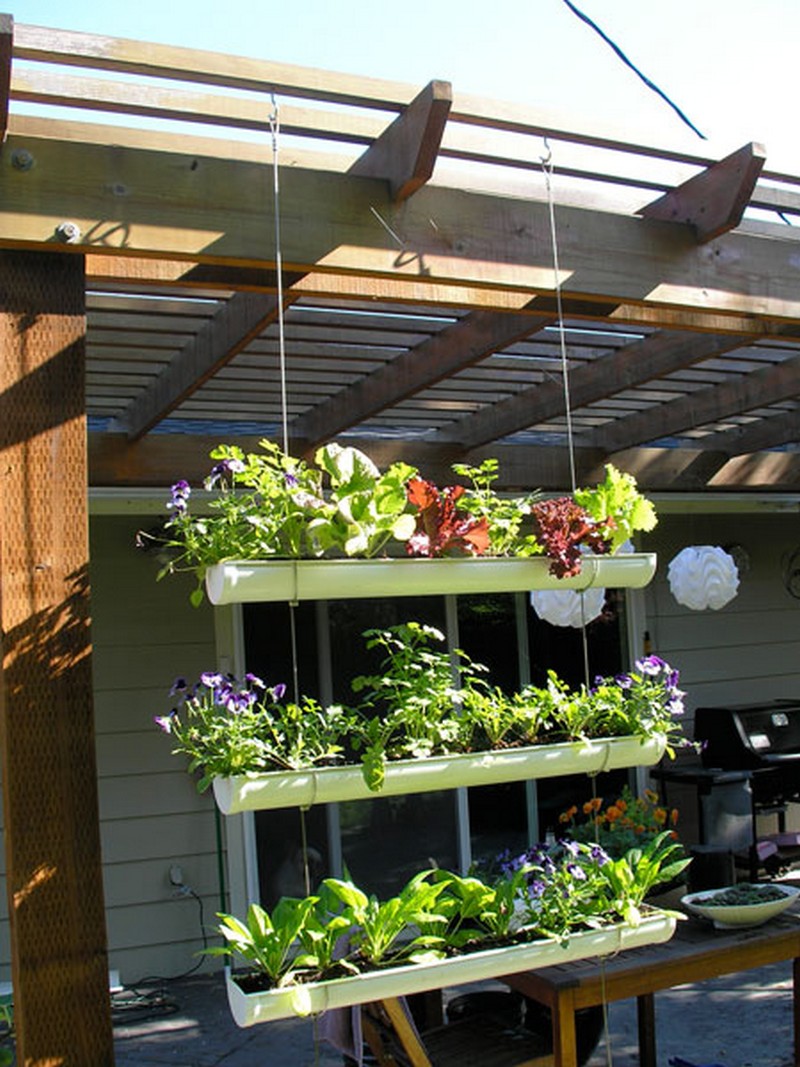
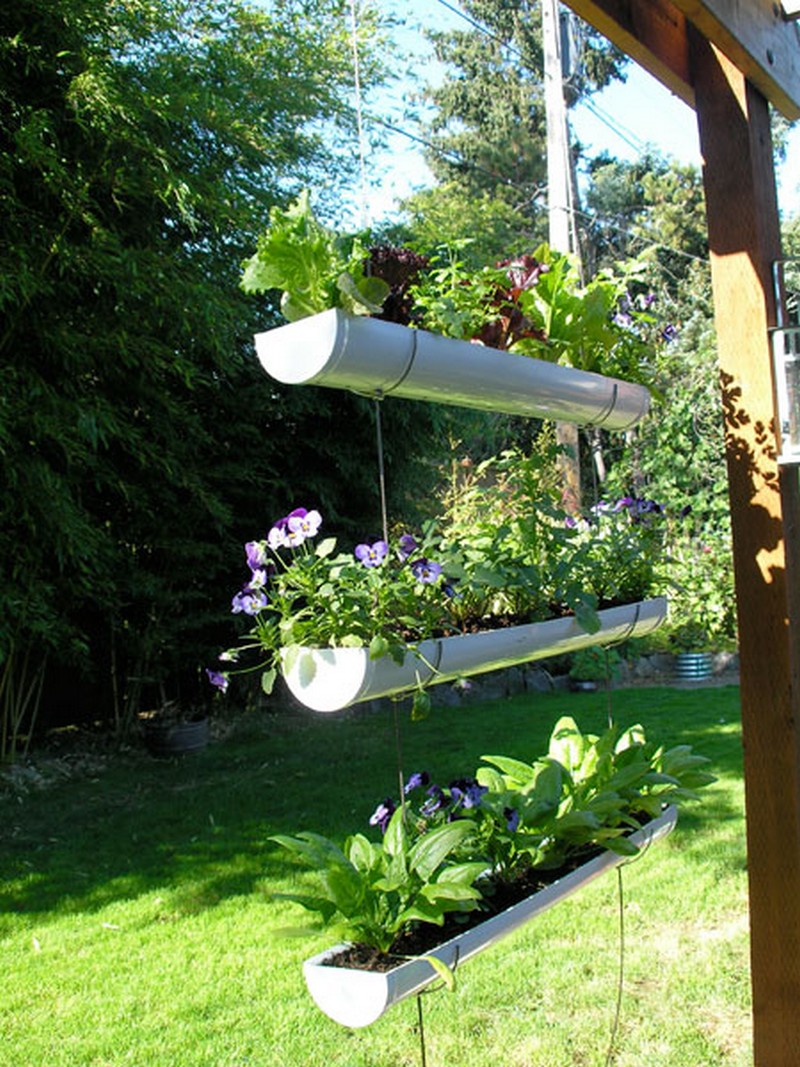
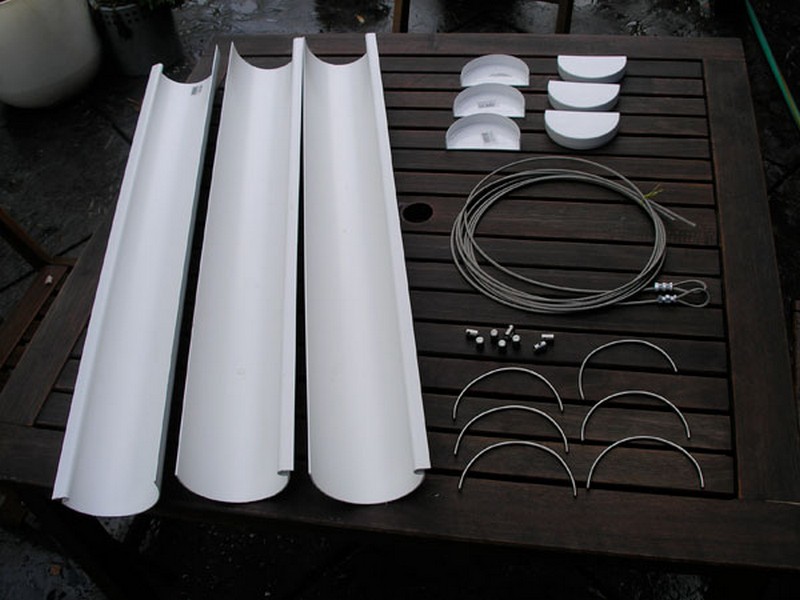


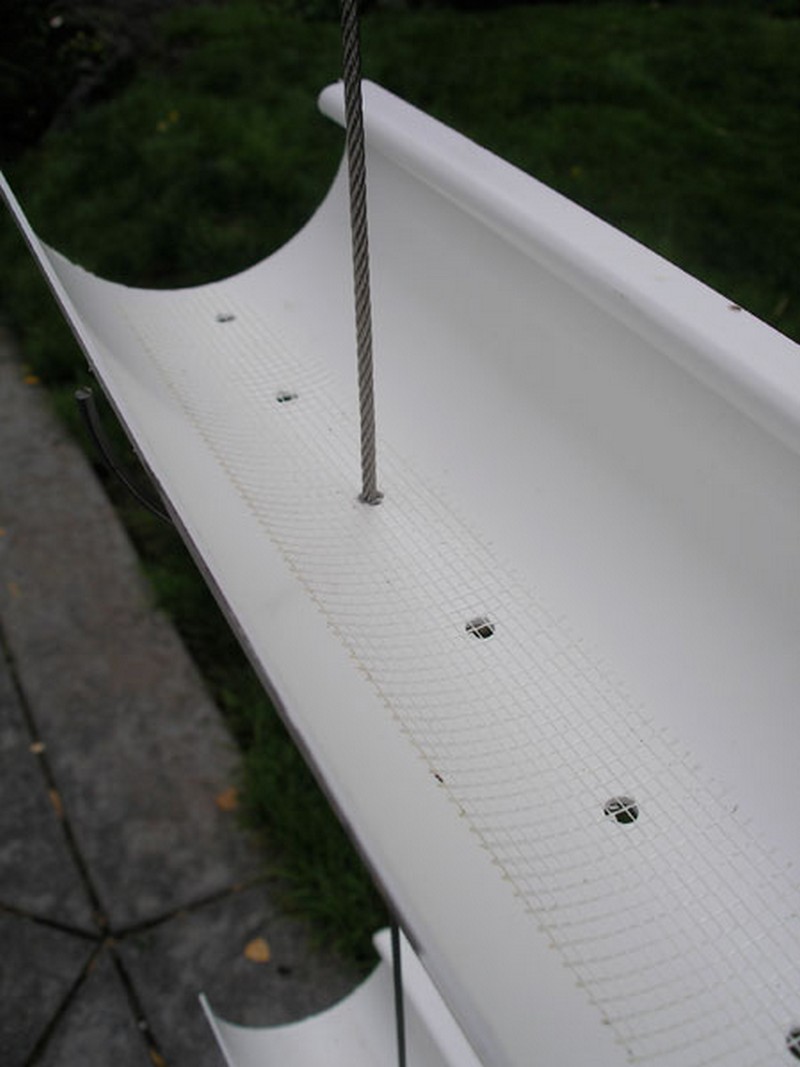

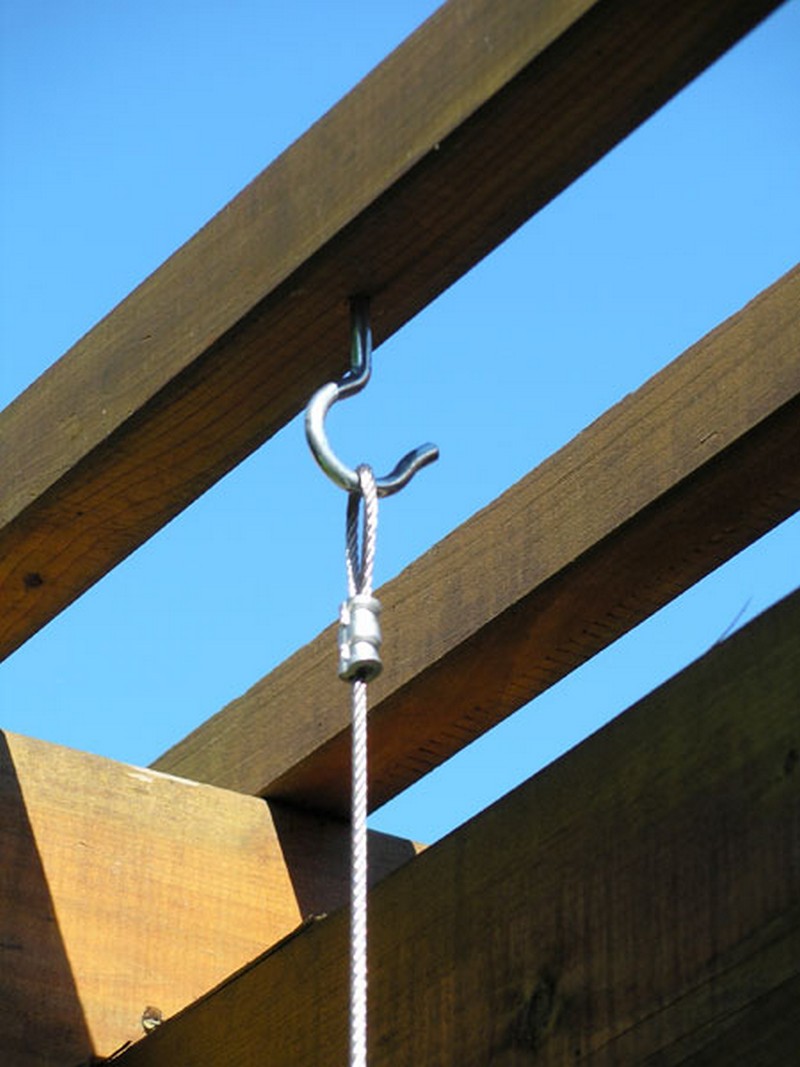
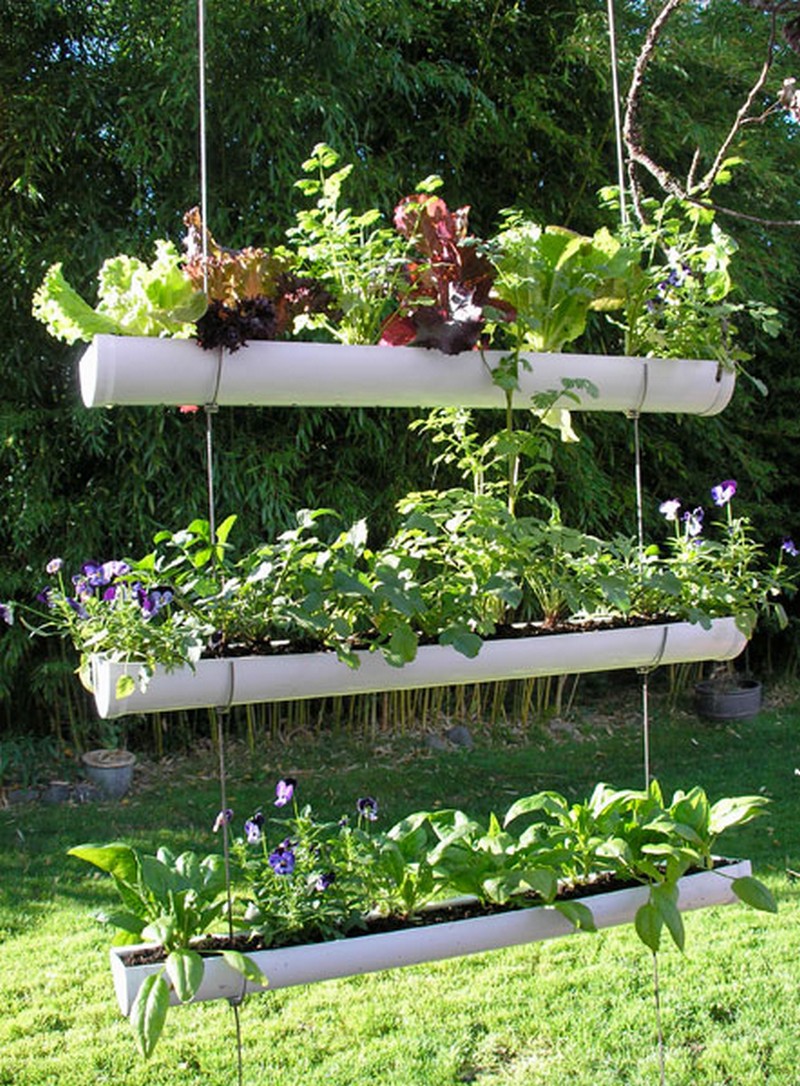
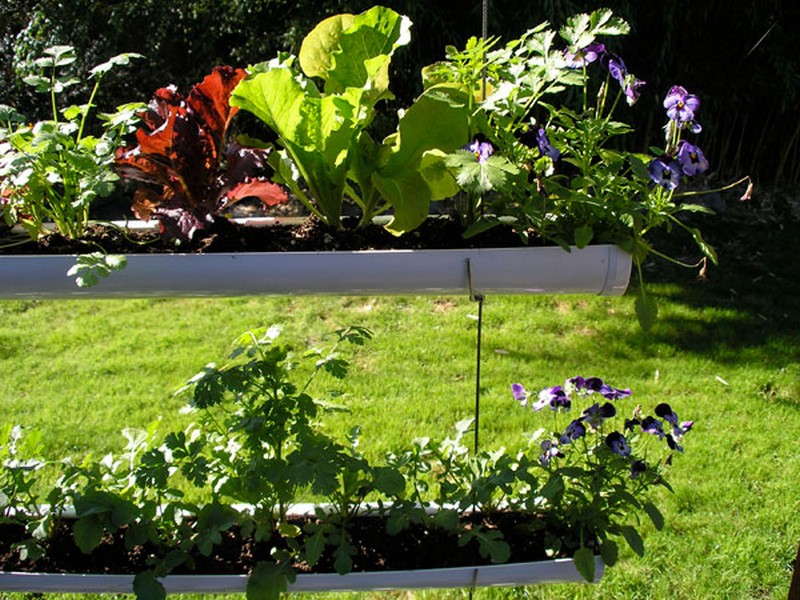
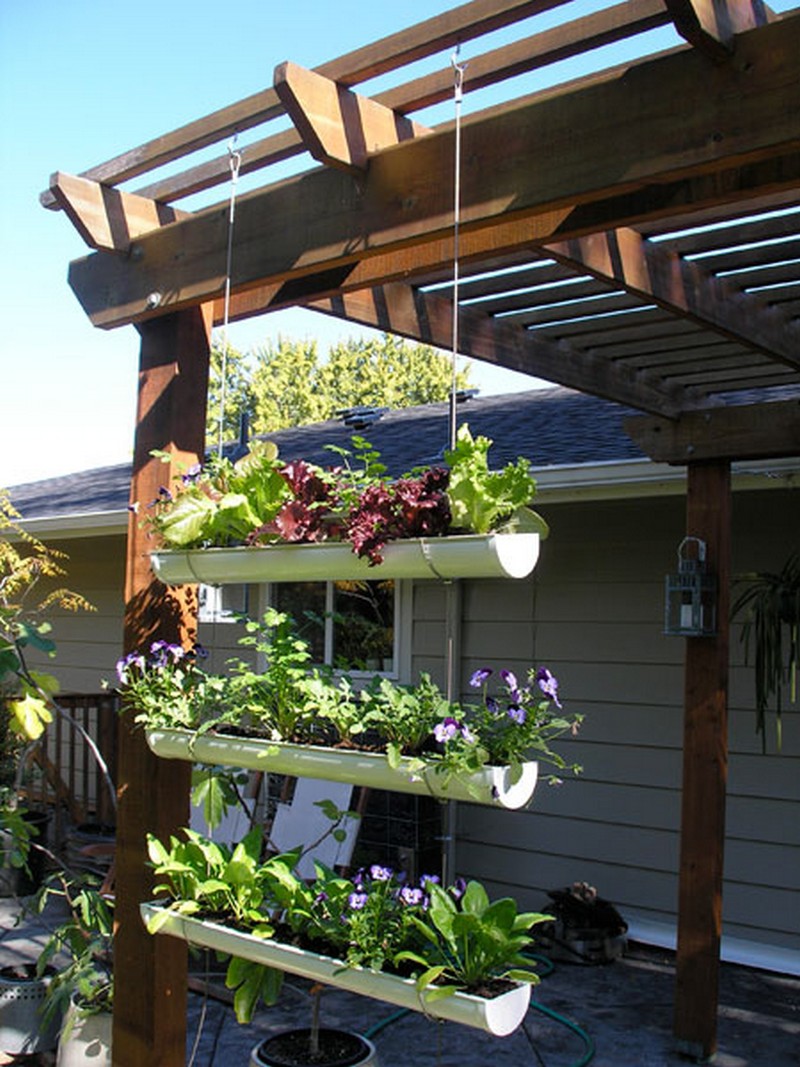
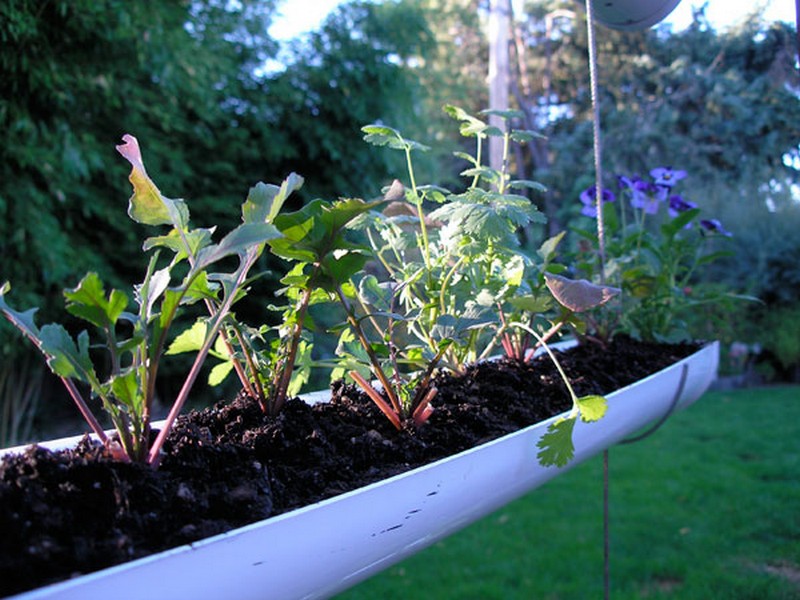
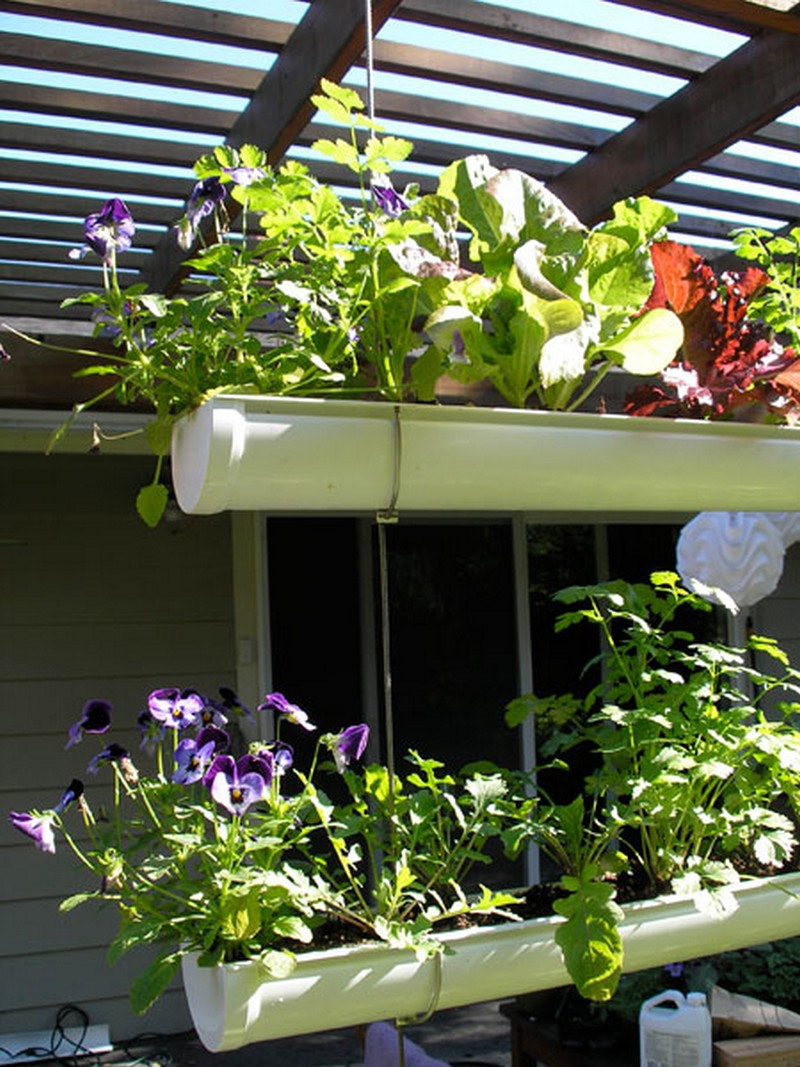
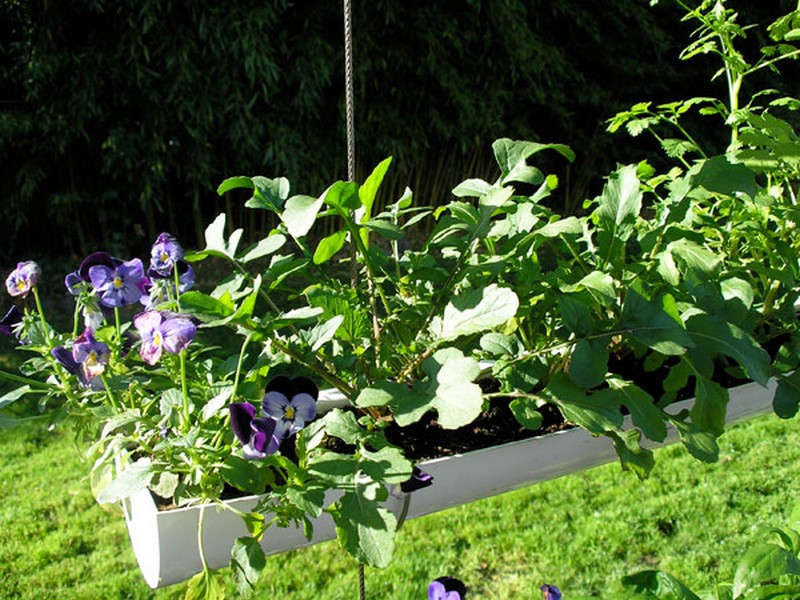
Thanks to Nest in Style for this great project. You can get the step-by-step instructions here…
Benefits of Vertical Gardening
Vertical gardening is a method that maximizes gardening efficiency, especially in urban environments where horizontal space is often limited. This innovative approach uses vertical space to grow plants, offering a unique solution for small gardens, balconies, and patios. Hanging gutter gardens, a popular form of vertical gardening, utilize recycled or new guttering to create tiered planters. This method enhances the beauty of any space and contributes to a sustainable lifestyle.
Below are the key benefits of vertical gardening, with a focus on the use of hanging gutter gardens.
Space Efficiency
Hanging gutter gardens exemplify the essence of space efficiency in vertical gardening. This innovative approach allows gardeners to maximize their use of vertical space, enabling the cultivation of a diverse range of plants in areas that would otherwise remain underutilized.
Especially advantageous for residents of apartments or houses with restricted outdoor areas, hanging gutter gardens offer a practical solution for growing your own herbs, vegetables, and flowers. These gardens can turn even the smallest balcony, patio, or vertical surface into a verdant, productive oasis by ingeniously using upcycled gutters or similar materials mounted on walls or suspended from ceilings.
The ability to grow a garden vertically drastically reduces the footprint needed for gardening, making hanging gutter gardens a perfect embodiment of efficient use of space.
Enhanced Accessibility
One of the standout benefits of hanging gutter gardens is their contribution to making gardening more accessible. This form of vertical gardening minimizes the physical strain often associated with traditional gardening, such as bending and kneeling.
Elevating the garden to a more comfortable height and hanging gutter gardens make tending to plants easier and more enjoyable for everyone, including individuals with mobility challenges or those who find the physical demands of conventional gardening prohibitive. The adaptability of hanging gutter gardens allows for installation at various heights, catering to the gardener’s specific needs and making gardening a delightful and inclusive activity.
This enhanced accessibility ensures that gardening remains a joy rather than becoming a task, inviting more people to cultivate their own green spaces.
Aesthetic Appeal
Beyond their functional advantages, hanging gutter gardens significantly enhance the aesthetic appeal of any environment. These gardens serve as a dynamic element of decor, introducing life and color to urban settings, balconies, and indoor spaces.
The versatility of hanging gutter gardens allows for creative expression; gardeners can arrange the gutters in numerous configurations and fill them with a vibrant selection of flowers, herbs, and vegetables. This beautifies the space and transforms it into a lively and inviting area.
The visual impact of a lush, vertically oriented garden adds a new dimension to garden design, merging utility with beauty. By incorporating hanging gutter gardens into outdoor or indoor areas, you can create an enchanting space that elevates the overall ambiance of your home or community space, making it more welcoming and aesthetically pleasing.
Microclimate Control
Hanging gutter gardens are not just aesthetically pleasing; they play a pivotal role in moderating the microclimate of their immediate environment. By strategically placing these gardens on walls or balconies, they act as natural air conditioners, providing shade and reducing ambient temperatures.
This shading effect is particularly advantageous during the sweltering heat of summer, making outdoor living spaces, patios, and even interior spaces near these gardens noticeably cooler and more comfortable. The ability of hanging gutter gardens to create a cooler microenvironment can be a boon for the people enjoying these spaces and the plants thriving within them.
As these gardens absorb sunlight and release moisture into the air through transpiration, they contribute to a cooler and more pleasant atmosphere, showcasing the power of vertical gardening in transforming urban heat islands into comfortable havens.
Air Quality Improvement
In urban settings, where air pollution is prevalent, hanging gutter gardens emerge as a natural solution for purifying the air. By concentrating a large number of plants into a small vertical space, these gardens maximize the environmental benefits that plants offer.
Through photosynthesis, plants in hanging gutter gardens absorb carbon dioxide and other pollutants from the air, releasing oxygen as a byproduct. This exchange enhances air quality and contributes to a healthier living environment. The dense foliage of a well-maintained hanging gutter garden can serve as a biofilter, trapping particulate matter and pollutants, which is especially beneficial in areas with heavy traffic or industrial activities.
By incorporating hanging gutter gardens into urban landscapes, communities can significantly improve the air quality of their neighborhoods, creating cleaner, healthier environments for residents and wildlife alike.
Efficient Water Use
Efficiency in water use is a critical component of sustainable gardening practices, and hanging gutter gardens excel in this aspect by integrating advanced watering systems. These vertical gardening setups often employ drip irrigation or similar water-efficient methods that deliver water directly to the base of each plant, minimizing evaporation and runoff.
This targeted watering approach ensures that plants receive the precise amount of water they need, directly at their roots, which promotes healthier plant growth while conserving water. The efficiency of such systems is particularly advantageous in areas prone to drought or where water conservation is a priority.
By adopting hanging gutter gardens with built-in efficient watering mechanisms, gardeners can maintain lush, productive gardens without the wasteful water use associated with traditional gardening methods. This saves water and reduces the garden’s overall environmental footprint, making hanging gutter gardens an exemplary model of sustainability in modern gardening.
Increased Plant Health
Hanging gutter gardens play a significant role in promoting increased plant health by elevating plants off the ground. This elevation is crucial in mitigating the risk of soil-borne diseases and pests, common challenges in traditional gardening setups. By positioning the plants away from the soil, hanging gutter gardens significantly reduce the likelihood of plants being attacked by pests like slugs and soil-borne pathogens, leading to healthier, more robust plant growth.
Furthermore, the nature of these vertical gardens enhances air circulation around the plants. Improved air flow is essential for reducing humidity levels around the plant foliage, decreasing the risk of fungal diseases such as powdery mildew and blight. This improved plant environment fosters healthier growth and can lead to higher yields of fruits, vegetables, and flowers.
The strategic use of hanging gutter gardens thus not only maximizes space but also contributes to the cultivation of healthier plants, showcasing the symbiotic relationship between innovative gardening techniques and plant welfare.
Versatility
The versatility of hanging gutter gardens is one of their most appealing features, offering gardeners the flexibility to grow a diverse array of plants vertically. Whether you’re interested in cultivating fresh herbs for cooking, leafy greens for salads, small fruits like strawberries, or various flowers for beautification, hanging gutter gardens provide the perfect platform.
This adaptability allows gardeners to experiment with different types of plants that might not thrive in their ground-level garden due to space limitations or soil conditions. Moreover, the vertical nature of these gardens encourages gardeners to explore various gardening techniques, including companion planting and succession planting, to make the most of their vertical space. Customizing and rearranging the gutters also adds to the appeal, enabling gardeners to tailor their garden’s layout to suit changing seasons or preferences. Hanging gutter gardens thus not only maximize limited space but also empower gardeners with the freedom to experiment and innovate, ultimately enriching their gardening experience and the biodiversity of their green spaces.
Vertical gardening offers numerous benefits, especially through the innovative use of hanging gutter gardens. It maximizes limited space, improves accessibility, enhances aesthetic appeal, contributes to a better microclimate, improves air quality, ensures efficient water use, increases plant health, and provides versatility in planting options.
Conclusion
Creating a hanging gutter garden is a versatile and efficient way to bring greenery into limited spaces, offering an innovative solution for urban gardening. This approach enhances aesthetic appeal, improves air quality, and promotes healthier plant growth through better air circulation and pest management. Ultimately, hanging gutter gardens unlock the potential of vertical spaces, transforming balconies, walls, and fences into lush, productive environments.
You can further elevate your urban gardening with our guide on using raised beds!






